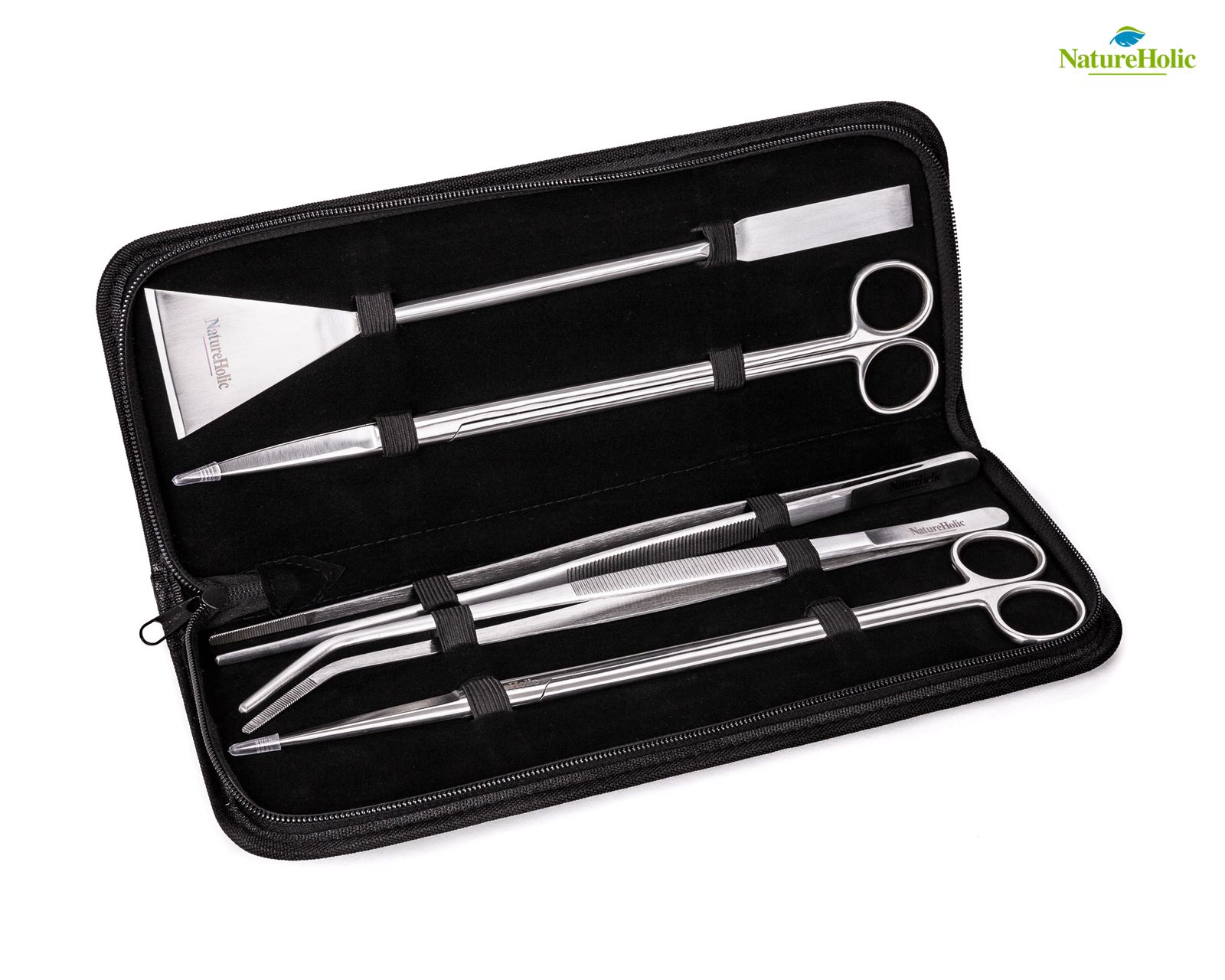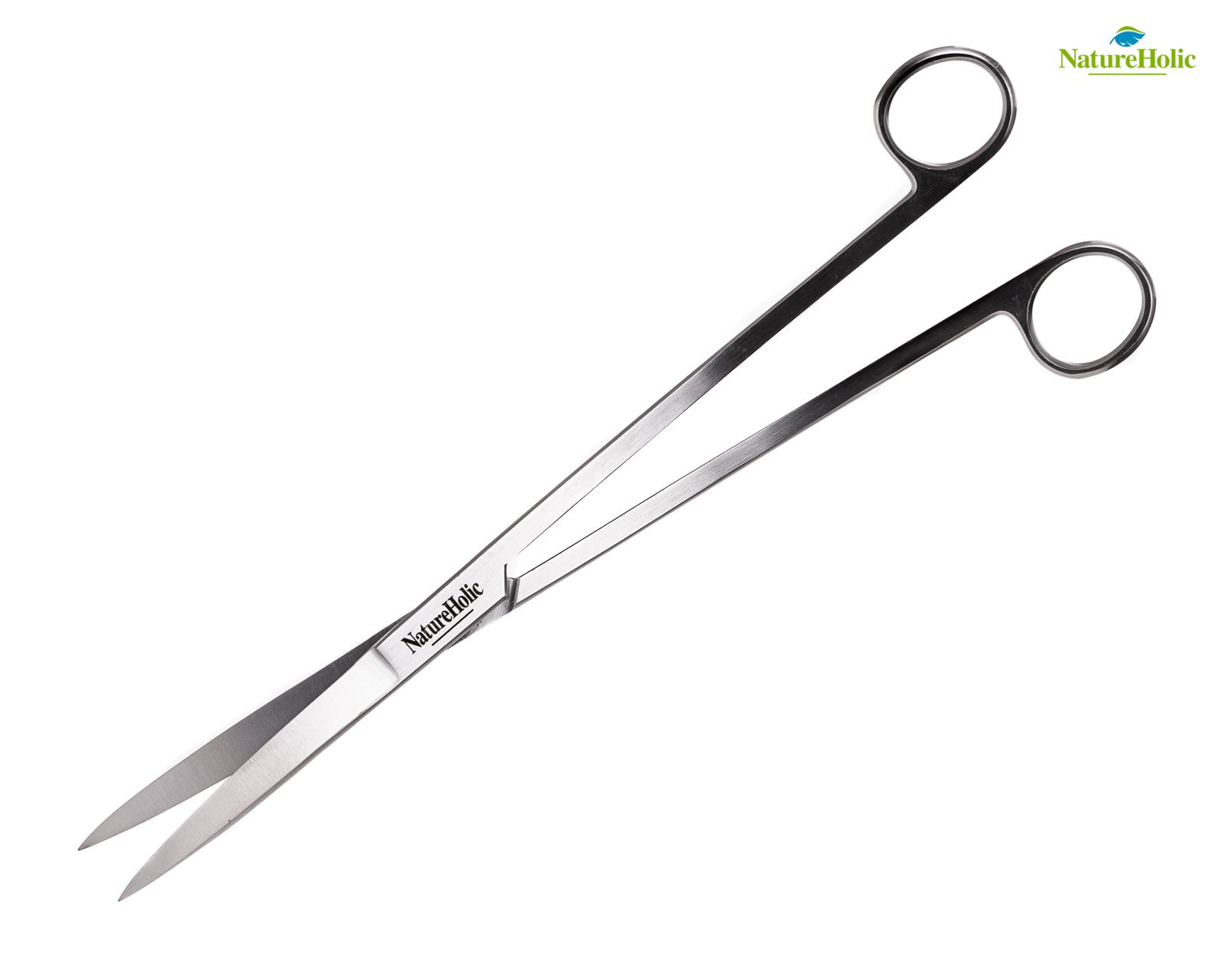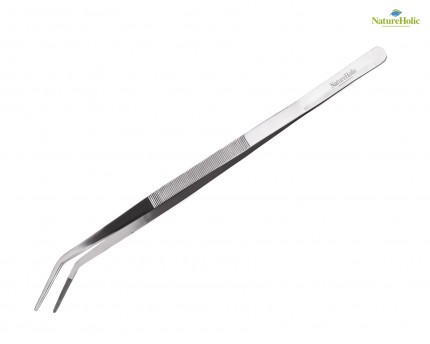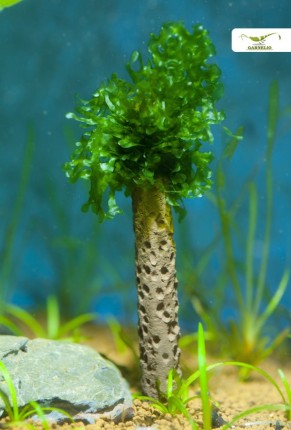Well equipped - NatureHolic Aquascaping Tools
Why do you actually need aquascaping tools?
With aquascaping, a new type of aquarium design has entered our domestic glass tanks. This facet of aquaristics goes back to the grand master of the natural aquarium, the Japanese Takashi Amano. In aquascaping, a scene from nature is recreated in the aquarium - this does not even necessarily have to be an underwater landscape, an aquascaper can also find inspiration in grasslands, mountain landscapes or wild forests.
This way of designing and maintaining an aquarium quickly required tools other than bare fingers or the somewhat clumsy tools such as plastic plant tongs that aquarists of earlier times had almost exclusively at their disposal. Modern aquascaping tools are made of stainless steel and - due to the richness of detail in aquascaping layouts - are much slimmer and more comfortable to use. With the help of these tools, you can set up the aquarium much better and faster and, above all, care for the plants accordingly over a longer period of time and keep them looking good.
With high-quality tools, aquarium care is fun and you no longer shirk it so easily - so overall, they clearly benefit the aquarium and your enjoyment of it.
Care of Aquascaping Tools
Good aquascaping tools are made of stainless steel. Therefore, they do not require extensive care. After working in the aquarium, you should nevertheless briefly rinse your high-quality aquascaping tools under running water and dry them. It is best to keep the tools organized and protected from dust in a case, which is often included with aquascaping tool sets. But there are also tool holders that allow you to hang the beautiful tools directly on the aquarium. This way they are right at hand and - why hide these great designed tools in a drawer anyway?
Overview of the most common aquascaping tools
In the following, you will find the most common tools for aquascaping and also an explanation of exactly what the tools can be used for and what they are particularly suitable for.
Scaping tweezers(buy)
There's really not much to say about tweezers - they are always used in aquascaping when things need to be held and precisely placed or removed. Especially for planting, tweezers are so much more suitable than the conventional coarse plant tongs or even bare fingers.
Structure of tweezers
A tweezer consists of a spring at the top that holds the two large legs together and opens them automatically when you release the tweezer. On the outside of the legs are the gripping surfaces, and at the front of the tip on the inside are the jaw surfaces. The tip itself can be rounded, square or pointed, usually the tips of planting tweezers are slightly rounded and relatively wide to increase the contact area. This is done to minimize damage to plants from bruising. The jaws are usually ridged or grooved so that they can also securely hold the items being held. Aquascaping tweezers usually have serrated gripping surfaces so that you can get a secure grip on the tweezers even with wet fingers and they won't slip away. 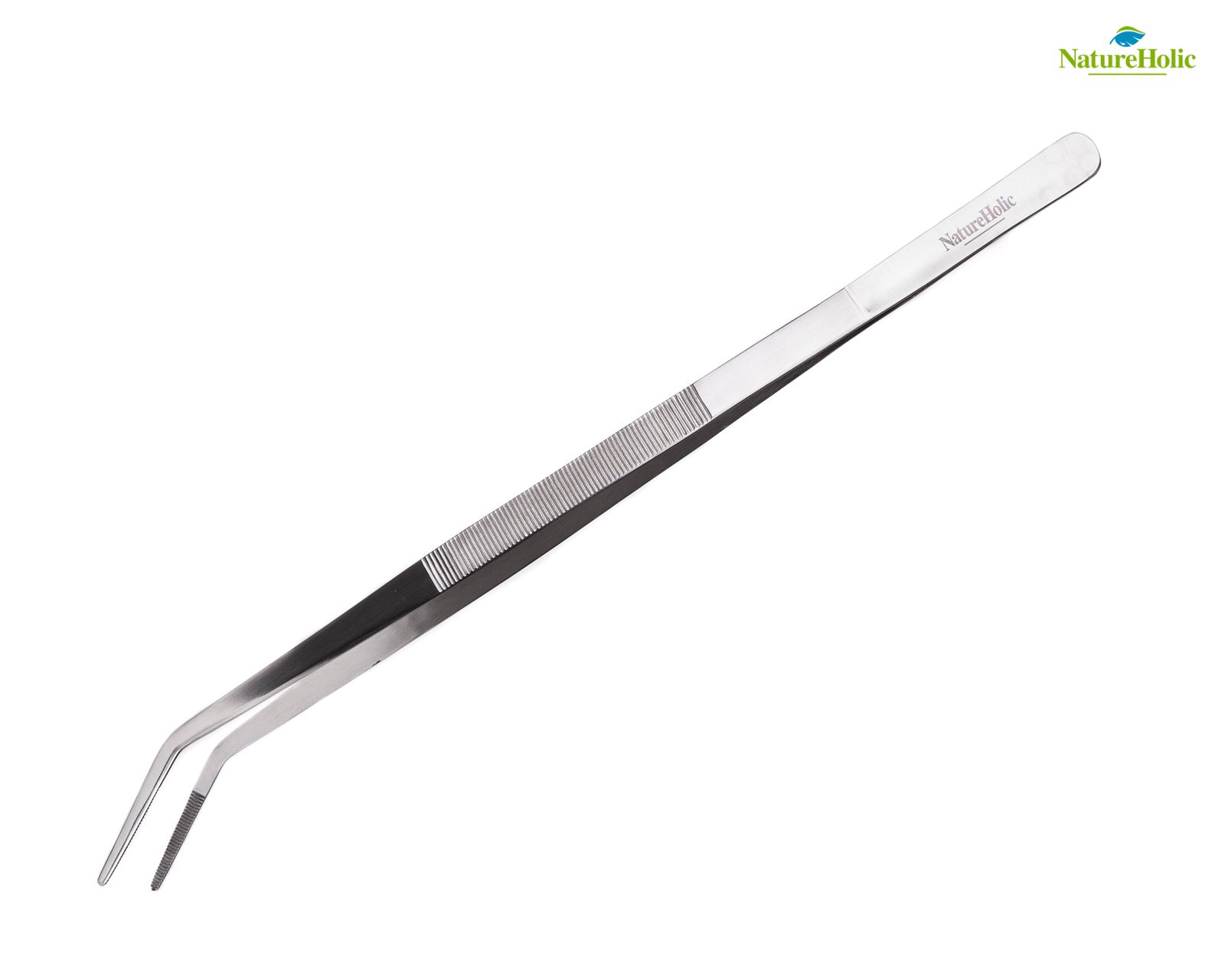
Selecting the appropriate length of tweezers
Tweezers come in a variety of lengths. Of course, for a nano aquarium, you don't necessarily choose the longest size available - that would make it awfully awkward to handle. The rule is - short tweezers for small aquariums and aquascapes, long tweezers for large tanks. An exception are tweezers that you want to use for daily feeding, with which you place, for example, food sticks or food tabs specifically in the aquarium: Here you choose a length that allows you to do this with dry hands.
Planting with tweezers
The plant is taken carefully with the tweezers and held in such a way that the sensitive plant tissue is not squeezed. For stem plants, take here individual stems at the lower end, for rosette plants a rosette, ground cover plants have divided into small clumps before insertion. Then insert the tweezers together with the plant held in place several centimeters deep into the substrate where the plant will later grow, and then let go of the plant. When pulling out, shake the tweezers slightly, so that the substrate can trickle and the freshly inserted plant finds a slightly better grip.
Other uses for tweezers
In addition to the targeted feeding mentioned above, tweezers are also incredibly handy when it comes to cleaning up the aquarium. A long pair of scaping tweezers can be used to retrieve items that have accidentally fallen into the aquarium with dry fingers, as well as to specifically remove dead plants or empty snail shells. Cucumber hooks or clay rings used to weigh down green food and so on can also be retrieved from the aquarium very well and specifically with long tweezers.
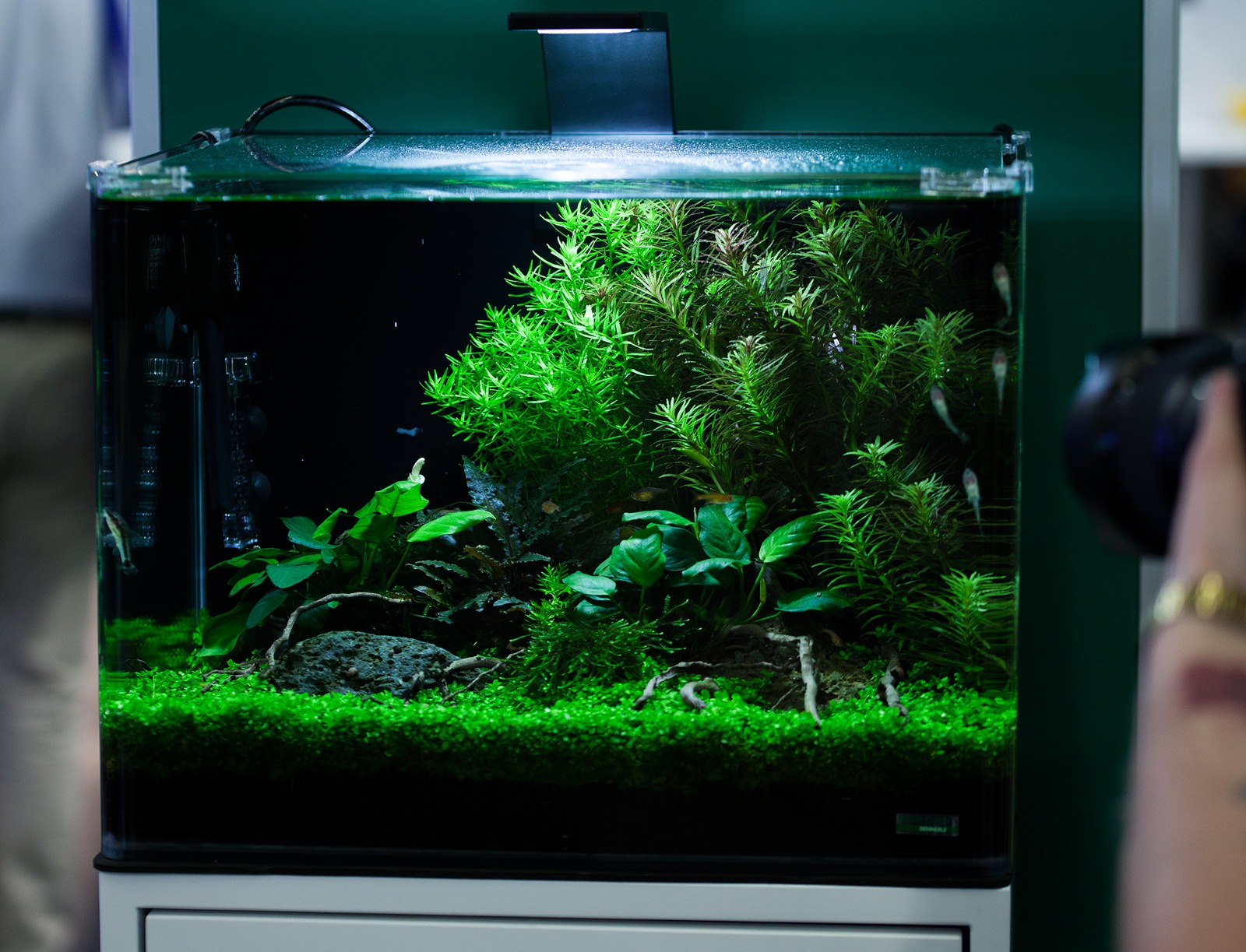
Tweezer shapes - straight
Straight tweezers are ideal for planting larger areas in the aquarium layout. They are also used for all the other tasks listed above in the aquascape or aquarium.
Tweezer shapes - curved
Curved tweezers basically perform the same functions as straight tweezers, but allow you to comfortably plant the nooks and crannies between rocks and roots in your aquascape that you wouldn't quite be able to reach with straight tweezers.
Structure of plant shears
Plant shears have two finger holes at the top and run out into two intersecting blades. These blades should be as sharp as possible on plant shears (beware, risk of injury!) so that the plants are actually cut cleanly when they are cut and not squeezed off. The grip holes must be large enough so that you can easily operate the scissors with your fingers. Plant scissors for aquariums are often very elongated in shape, because here too, of course, you want to avoid having to dive too deeply into the aquarium as much as possible.
Selecting the right length of scissors
As with the tweezers, the same applies to the scissors: Small scissors for small aquariums and for fine detail work, long scissors for large aquariums and for somewhat coarser work. 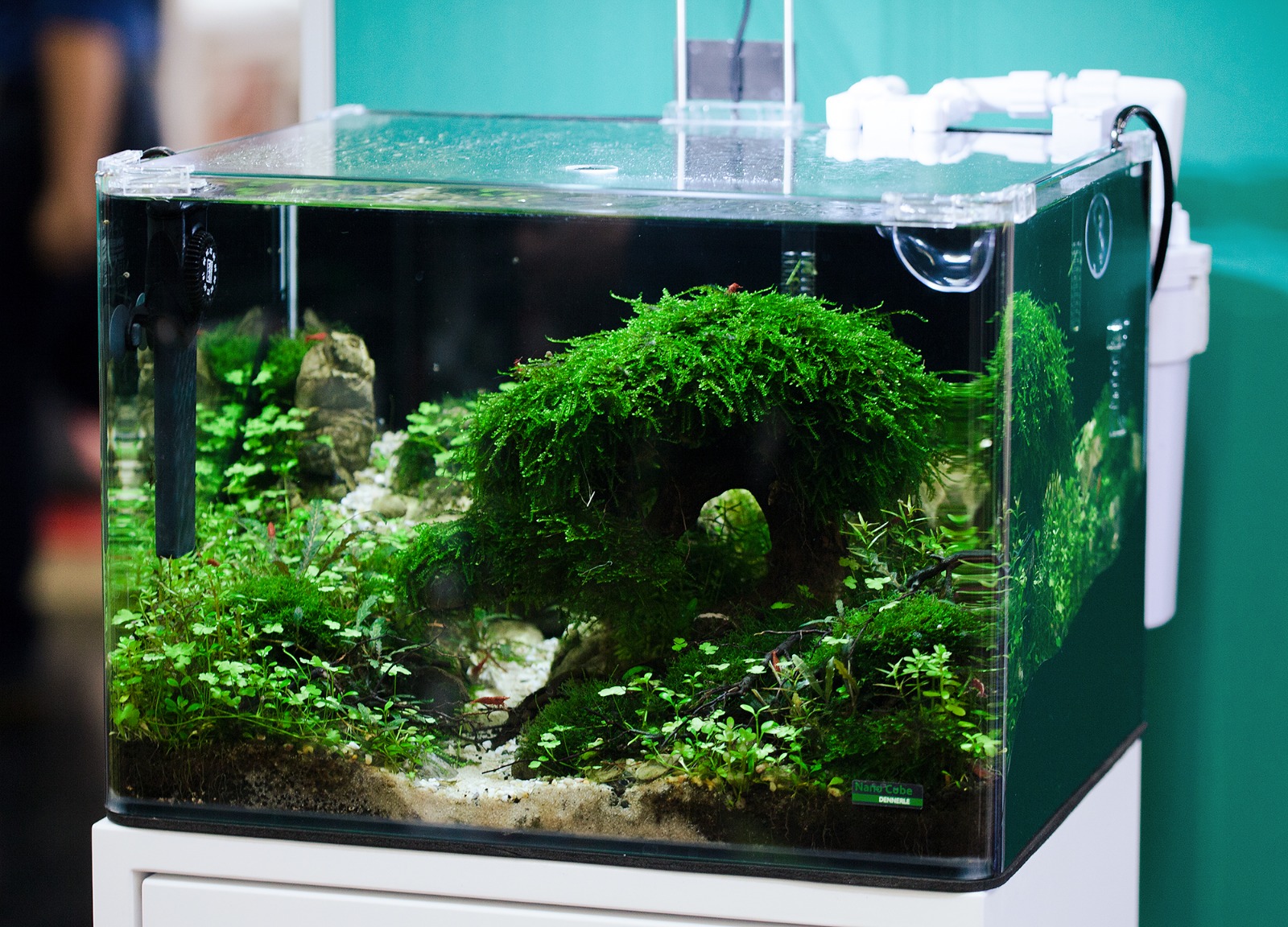
Use of plant scissors in aquascape and plant aquarium
With scissors you cut ... with plant shears you cut plants. Stem plants that have grown too high are cut back so that they branch out and become bushier (and of course to take away some of their height). By the way, stepped plant bushes of stem plants, which are allowed to rise to the back, look very nice. With the shoot tips cut off, you can either rejuvenate the group of plants or plant another group elsewhere. The long ribbon-like leaves of Vallisneria can also be easily trimmed to a suitable length.
Old leaves that have become unsightly, or even leaves with algae infestations, can be trimmed very selectively with fine plant shears.
Moss cushions attached to roots or stones are also cut back and kept in shape. Moss cushions that grow too large tend to turn brown inside and decay, which doesn't have to happen.
Lawn-forming groundcovers such as Cuba dwarf pearlwort, needle cress, Marsilea or Glossostigma also need to be trimmed now and then to keep them growing low and dense.
Scissor shapes - straight(buy)
Use straight short scissors to remove over-aged or otherwise unsightly leaves from plants, or selectively cut off individual shoots. Long straight shears can be used to efficiently cut down entire groups of plants or clumps of plants. You can also shape moss cushions with straight shears.
Scissor shapes - curved
Curved scissors basically perform the same functions as straight scissors, but they are even more suitable for creating round shapes. For moss cushions, it is therefore almost even more suitable than straight shears. It is also much easier to work close to the ground if the scissors have a curved tip, and they are also usually much easier to get into corners.
Scissor Shapes - Wave Scissors(buy)
The Wave scissors are curved in themselves. Their special shape makes them particularly suitable for aquascaping: In the foreground, plant carpets of grass-forming ground covers are often planted, which become higher and denser over time. For large areas, the Wave shears are very suitable - they allow you a more comfortable hand position than the curved or the straight plant shears, which is very pleasant especially for larger areas to be cut back and makes you much less tired. For even pruning of short foreground plants, these shears are certainly the best choice. 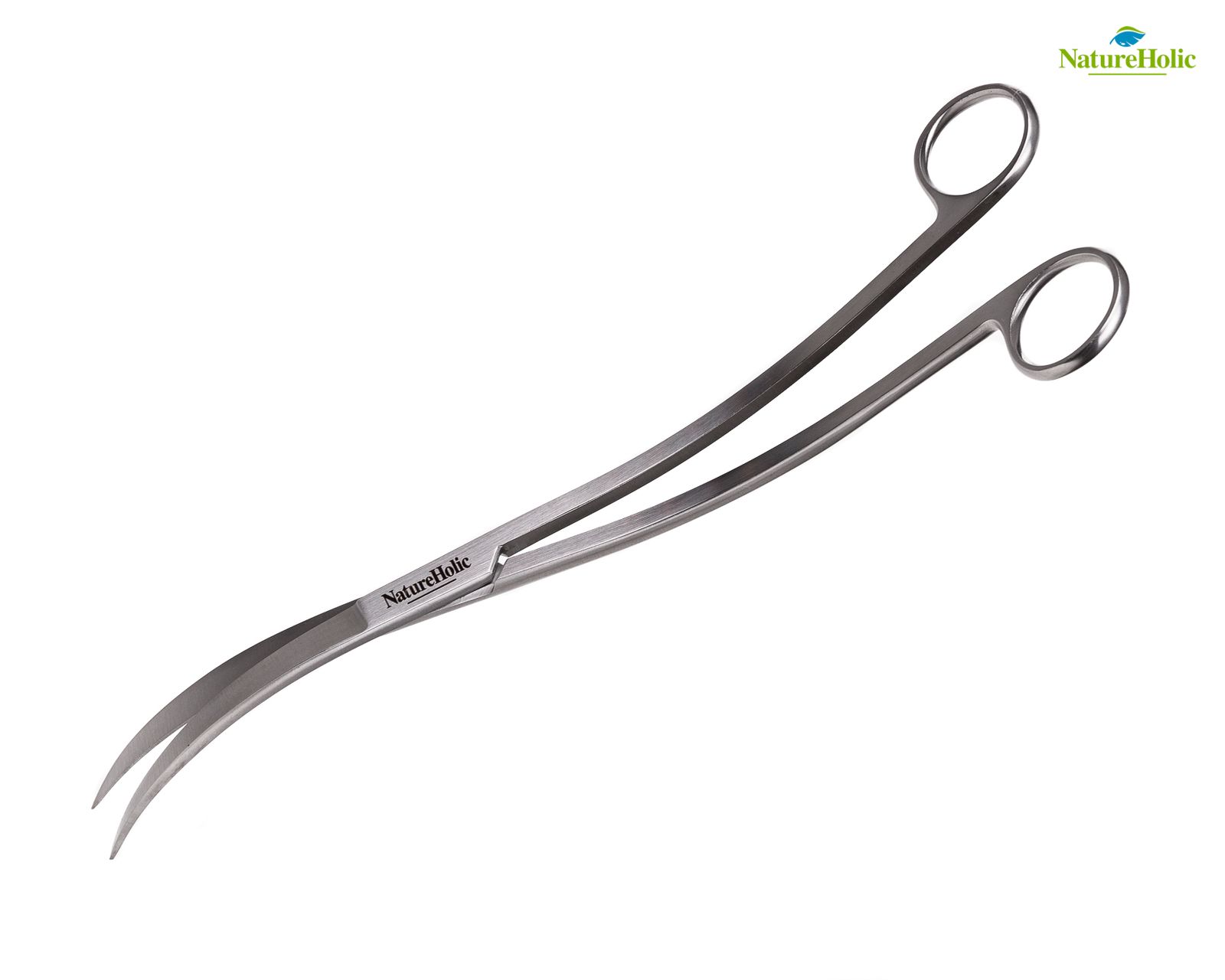
Scissor shapes - Spring Scissors
Spring Scissors or Spring Scissors spring open by themselves when you let go of them. This is a real relief during extensive cutting work in the aquarium and makes the work much less strenuous.
Double Scraper / Spatula / Bottom Flattener / Sand Flattener
The names Double Scraper, Spatula, Floor Smoother and Sand Flattener basically all refer to one and the same tool for aquascaping. At first glance, it looks a little unusual, and some people wonder what it can be used for and why exactly they need it - only to find out later that the trowel has become their favorite tool unnoticed.
Structure of a bottom smoother(buy)
Usually, this aquascaping tool consists of a handle with a narrow spatula on one side and a slightly wider spatula on the other. Double scrapers with an integrated blade cleaner have one or both spatulas sharpened into a blade at the front.
Selecting the appropriate length of floor smoother
Again - long tools for tall tanks, short tools for nano aquariums. Handling is very tedious with a long bottom smoother in a small tank, here it is worth investing in a handier, more maneuverable tool.
Use of the bottom scraper
The wide side can be used to quickly and efficiently sculpt and smooth large areas of substrate. A hill in the aquarium? No problem at all! The Soil surface was stirred up during planting? The bottom smoother will take care of that. The narrow side can also be used to smooth out soil, gravel or aquarium sand in small nooks and crannies. 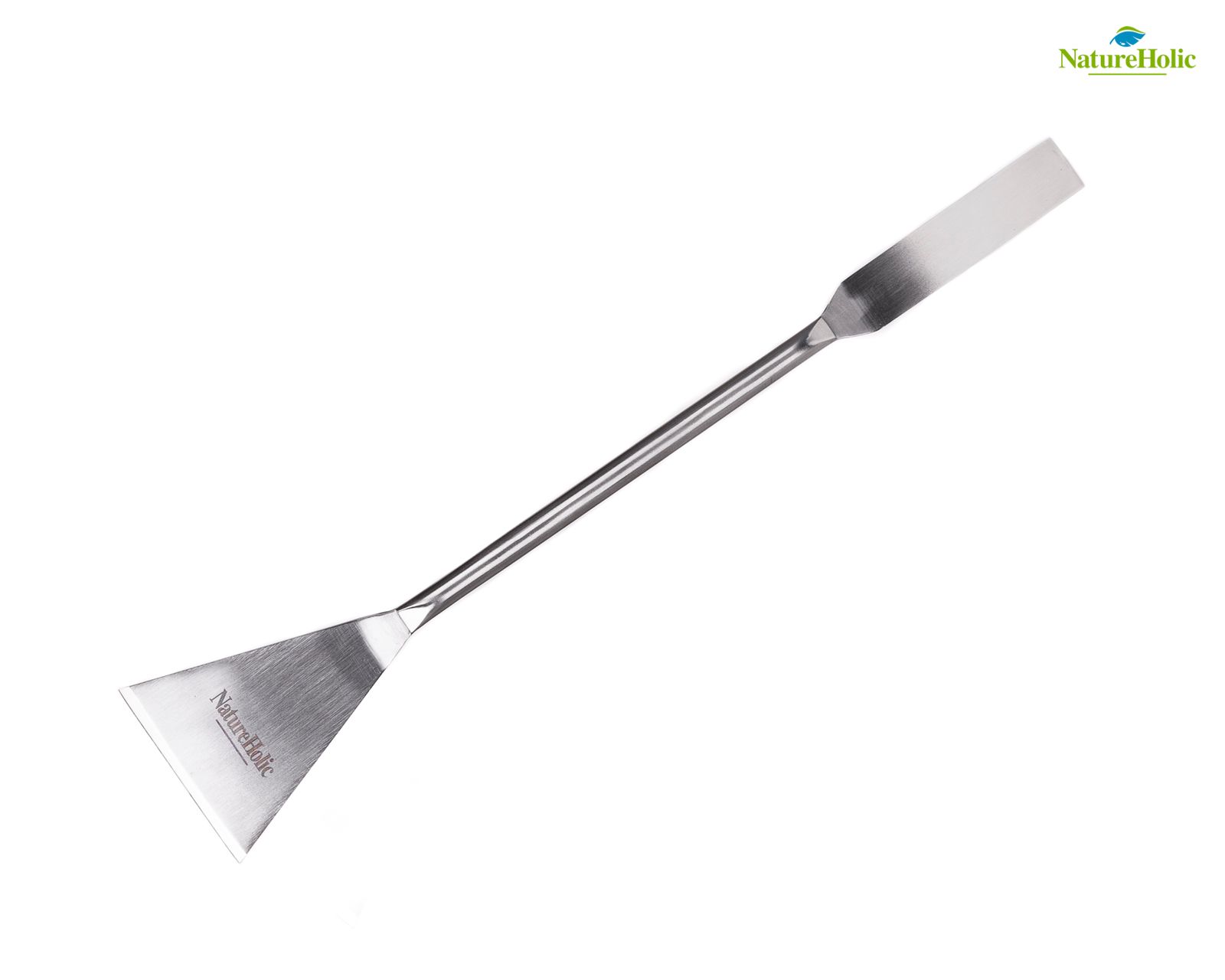
Special form Double Scraper / Blade cleaner
With the Double Scraper, the upper edges of the spatula are sharpened to form a more or less sharp blade. This sharp edge allows you to clean the aquarium glass from algae deposits and biofilms that interfere with the view of your beautiful aquascape. If you make it a habit to routinely wipe the glass once a week (such as during water changes), the film on it won't take over in the first place. Blade cleaners should always be placed completely straight on the glass and not used on curved glass to prevent scratches. You should also make sure to always keep a proper distance from the silicone seams.

